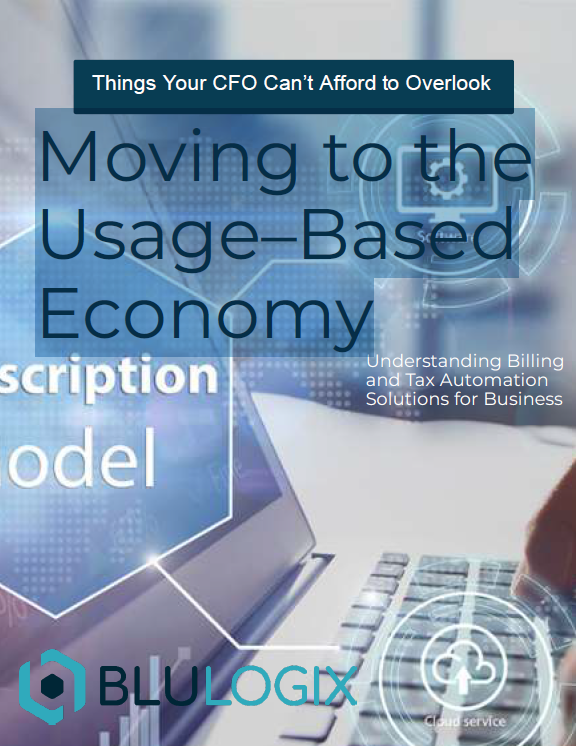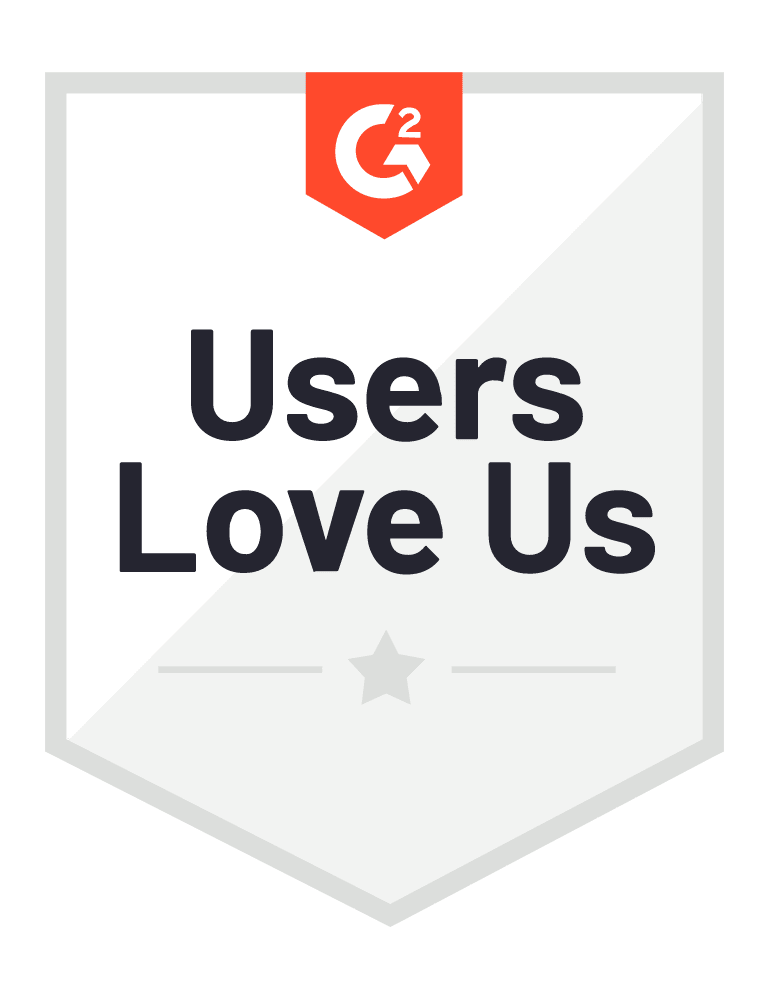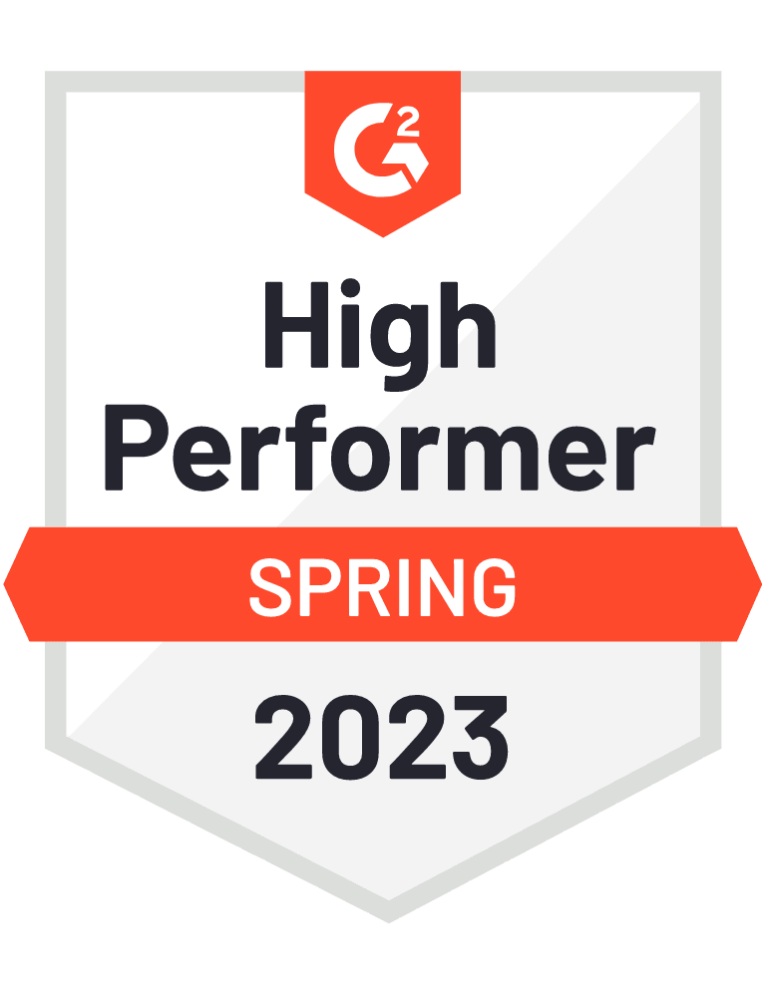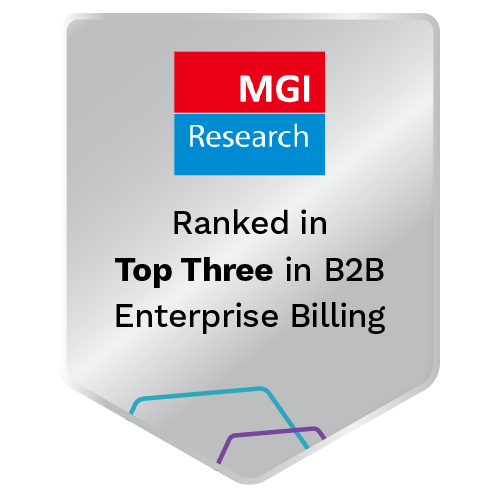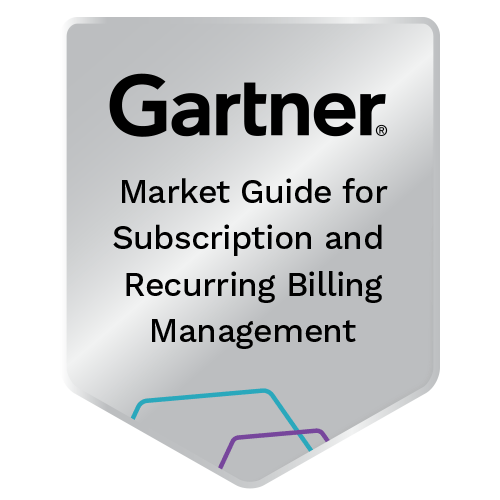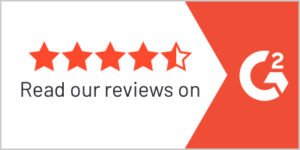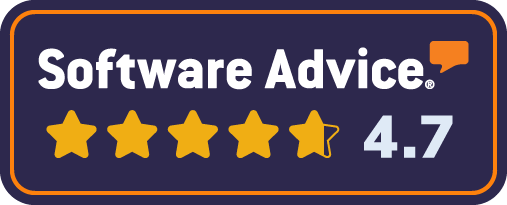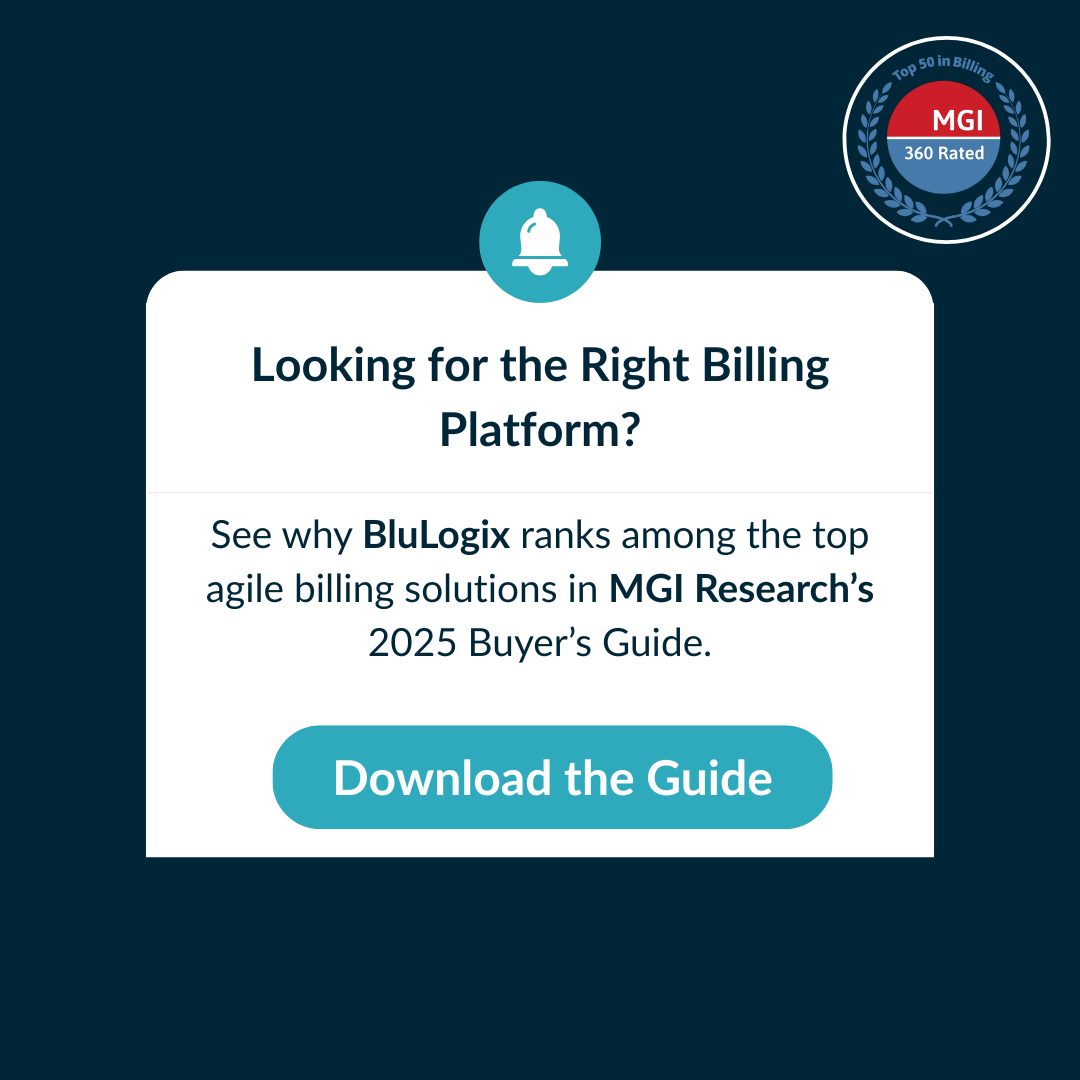Blulogix Whitepaper
Things Your CFO Can’t Afford to Overlook in Moving to the Usage – Based Economy
Table of Contents
Introduction
In today’s fast-paced business landscape, companies are constantly seeking ways to optimize their operations, reduce costs, and enhance efficiency. One area that often comes under scrutiny is billing and tax management. In this blog post, we’ll explore the factors to consider when deciding whether a billing and tax automation solution is right for your business. We’ll delve into the concept of complexity and agility and how they impact the need for such solutions. So, let’s dive in!
Understanding Complexity
Complexity plays a significant role in determining the need for a billing and tax automation solution. Here are five areas that highlight its relevance:
- Product Complexity: This refers to the various capabilities of a product, whether it’s a simple item or a sophisticated suite of software and For instance, selling kitchen knives through an e-commerce portal is on the low end of the complexity spectrum, while managing a fleet of commercial aircraft involves high complexity.
- Pricing Complexity: Companies with numerous price models and attributes may benefit from automation. Different pricing mechanisms, such as subscriptions, usage-based models, or outcome-based pricing, can increase the need for a robust automation solution.
- Billing Attribute Complexity: Prepaid versus postpaid billing, volume purchasing agreements, peak versus off-peak pricing, and other billing and metering attributes can complicate invoicing and tax calculations.
- Regulatory Compliance: Meeting payment, tax, privacy, and security mandates is crucial, especially when operating in multiple countries with different
- Geographic Complexity: Companies operating in various countries encounter billing differences, diverse payment methods, and tax compliance challenges, necessitating adaptable solutions.
Importance of Business Agility
In addition to complexity, business agility is another factor to consider when contemplating a billing and tax automation solution. Business agility refers to the flexibility to configure and test new pricing mechanisms swiftly, adapting to market conditions. Lack of agility can lead to extended launch cycles and missed opportunities.
Three dimensions determine billing agility:
- Business Agility: This involves abstracting pricing models and business rules, multi-tiered discounting models, and other factors facilitating pricing
- IT Agility: The ability to efficiently enable and deploy the system, handle customization, configuration, testing, and upgrades, all contribute to IT
- Product Agility: Solutions should promptly respond to technical changes, user experience improvements, and other innovations, avoiding costly upgrade
Finding the Right Balance
Now that we’ve explored complexity and agility, it’s essential to strike the right balance. Not every company needs a highly complex and agile billing and tax automation solution. Depending on your specific requirements, a less intricate system might suffice. Analyze your product, pricing, billing attributes, regulatory demands, and geographic scope to determine the optimal level of automation.
Billing and tax automation solutions can significantly enhance the efficiency and accuracy of your business operations. However, it’s vital to assess your company’s volume, complexity, and agility needs before making a decision. Remember that finding the right balance between these factors is key to maximizing the benefits of automation while avoiding unnecessary complexities. Choose a solution that aligns perfectly with your business requirements, empowering you to stay ahead in today’s competitive market.
Unlocking the Power of Billing Automation for CFOs
In today’s rapidly evolving business landscape, optimizing revenue generation and streamlining financial processes are key to staying competitive. For Chief Financial Officers (CFOs), selecting the right billing solution is critical. We’ll explore the nuances of billing automation and how it can transform financial operations for companies of all sizes.
Finding the Perfect Fit: One Size Does Not Fit All
When considering a billing platform, it’s essential to remember that each company has unique needs. There is no one-size-fits-all solution. Evaluating multiple billing platforms and understanding their specific capabilities is crucial to making an informed decision. By doing your research and selecting the solution that aligns best with your requirements, you can achieve maximum efficiency and effectiveness.
Billing Solutions as an Extension of ERP and Accounting Platforms
Billing solutions should complement existing ERP and accounting systems, not replace them. For CFOs, it’s vital to view the billing platform as an extension of these systems, enhancing capabilities rather than duplicating functionality. By doing so, businesses can capitalize on the robust features of ERP and accounting platforms while harnessing the agility and complexity offered by billing automation.
The Intricacies of Billing Platforms and ERP Integration
Integrating billing platforms with ERP systems is a critical aspect of the automation process. Billing platforms function as gap-based double entry accrual financial systems, housing sophisticated data structures for charging and invoicing. All transactions within the billing platform are associated with the General Ledger (GL), ensuring seamless mapping to the ERP’s chart of accounts.

A Closer Look at Price Plans and Product Catalog
Price plans and product catalogs play a pivotal role in managing billing intricacies. While the product catalog handles product charging attributes and rules, price plans manage monetary values, costs, and pricing rules. By separating products from pricing, businesses can streamline product offerings without duplicating data entries, thus enhancing efficiency.
The Power of Contract Management
Contract management is essential for businesses requiring term-based subscriptions or recurring services. Co-terminating subscriptions with contracts allows for easier renewal negotiations and simplifies the management of renewal cycles. It provides businesses with a competitive advantage by facilitating upselling opportunities and maximizing revenue potential.
Understanding Usage and Consumption Charging
Usage and consumption charging is a potent method for driving revenue growth. By measuring and charging based on actual usage, businesses offer their customers a “pay-as-you-go” model, a preferred choice for many consumers. To manage this effectively, businesses require robust data mediation engines to consolidate and normalize usage data from multiple sources.
Integrating CPQ for a Seamless Process
Configure Price Quote (CPQ) solutions are crucial for providing accurate and dynamic quotes to customers. While standalone CPQ solutions abound, it is essential to seek integration capabilities with existing CRM systems, ensuring a seamless quote-to-order process and minimizing discrepancies.

Billing automation offers CFOs an opportunity to streamline financial processes, increase revenue potential, and drive business growth. By carefully selecting a billing solution that aligns with their unique complexities and agility requirements, companies can unlock the true potential of billing automation. Embracing the power of automation will empower businesses to stay competitive, adapt to market changes, and provide exceptional customer experiences in an ever-evolving world.
Simplifying Tax Compliance in the Usage- Based Economy
In the ever-evolving world of billing and the usage-based economy, businesses face various challenges, especially in managing complex taxation.
The Complexities of Managing Taxation:
One of the most significant advantages of subscription automation lies in the ability to manage complexity seamlessly. However, the same complexity extends to the tax side of things, making it imperative for businesses to ensure that their tax engine can handle the ever-changing landscape of taxation requirements. When adding new products and services, businesses must be agile enough to adapt their tax policies to remain compliant.
Importance of Flexibility and Agility:
In the usage-based economy, flexibility is key. Solutions that offer a low-code, no-code environment, allowing businesses to configure and adapt their products and services easily help to extend both the flexibility and agility to companies needing a more custom solution without customization timelines and price tags. This agility is equally crucial on the tax front, as bundling products and services together can significantly impact tax calculations. Having a complex tax engine that can accurately handle bundled offerings and defend them during audits ensures proper taxation representation.
Do You Need a Billing and Tax Automation Solution?
The decision to implement a billing and tax automation solution is not a one-size-fits- all matter. Not every company or customer necessarily requires such a system.
Instead, there are specific considerations to keep in mind. One primary aspect is volume – typically, if your company generates around 30,000 invoices per month, it may be worth considering automation. However, volume is not the only factor.
Managing Exemptions:
Another crucial aspect of tax compliance is dealing with exemptions. Many B2B customers might be tax-exempt in certain areas, but not for all taxes, fees, or surcharges. Businesses need a tax engine that can recognize and apply exemptions accurately to avoid undercharging or facing potential liabilities.
Avoiding Tax Contamination Effects:
Bundling products and services can lead to what is known as a “contamination effect,” where an item that was initially non-taxable becomes taxable within the bundle due to the configuration. This situation can cause confusion for customers and create potential issues during tax audits. With a robust tax engine, businesses can avoid such scenarios and ensure accurate tax calculations.
Conclusion:
In the rapidly evolving landscape of the usage-based economy, managing complexity and tax compliance is essential for businesses seeking long-term success. By leveraging an automated billing solution and coupling it with a powerful tax engine, companies can navigate the challenges of taxation, adapt to changes in products and services, and maintain compliance without disrupting their customers.
Complexity Simplified.
Handling a full range of billing scenarios, from the very simple to the most advanced and complex, including multiple usage-based microtransactions per day, while servicing multiple channels and different tiers of customers and recurring subscriptions, BluLogix offers a cohesive overall approach to the quote-to-cash process.
Ready to see how it works? Book a demo today with one of our billing experts and we’ll show you how BluLogix accelerates revenue growth, enables digital transformation and empowers channels.
Reviews

Michael R.
President, Allnet Air Inc. - Telecommunications
Best Outsourced Billing for Mobility

Karen R.
Manager, Cloud Billing - Computer Software
BluLogix has been a great partner.
“Over the last several years, I have seen continual enhancements and additions to the platform. BluLogix has created a comprehensive solution for users. They provide great communication regarding upgrades and address concerns thoroughly and timely.”

Sara K.
Marketing, Graphic Design & Social Media Management - Marketing and Advertising
Fantastic platform. Recommend!

